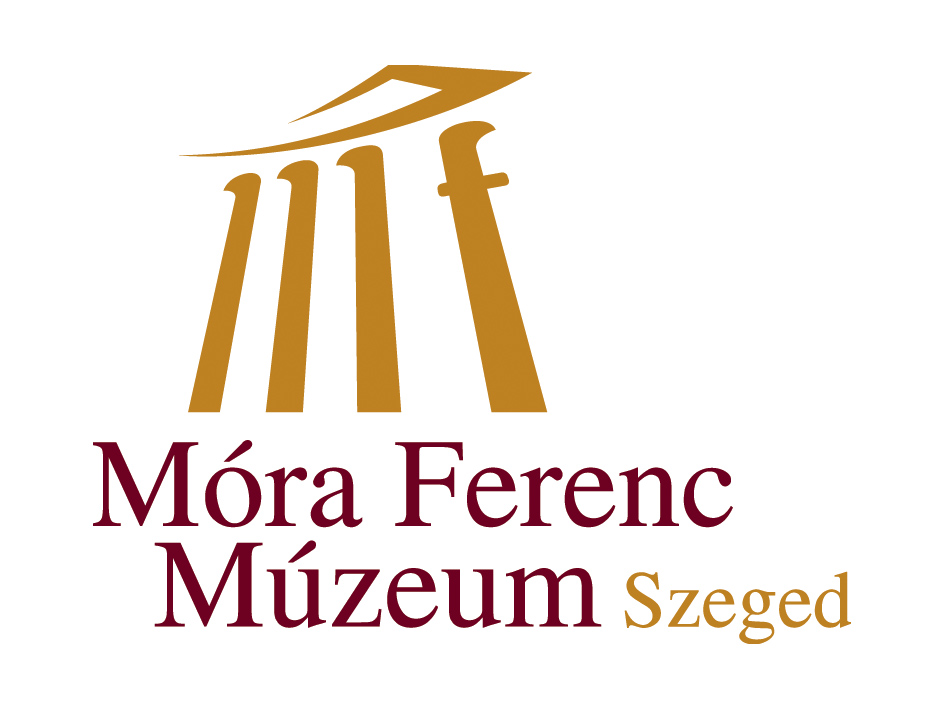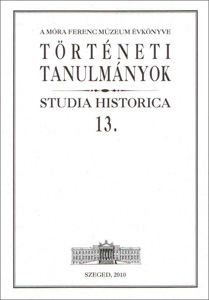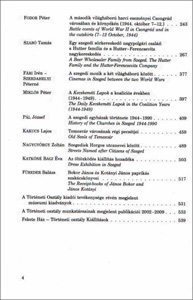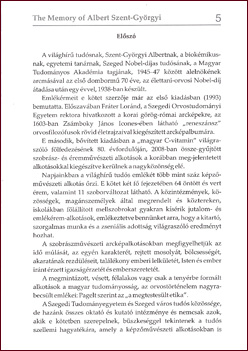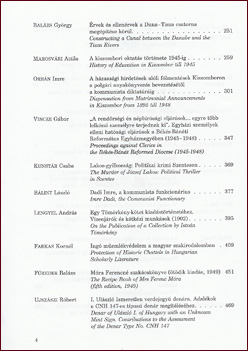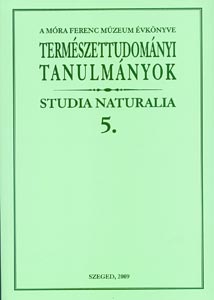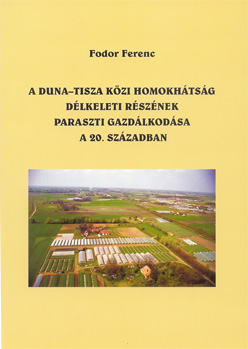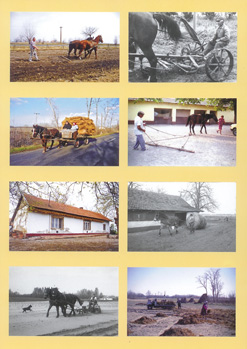Yearbook of the Móra Ferenc Museum
Ethnographic studies – Studia Etnographica 7.
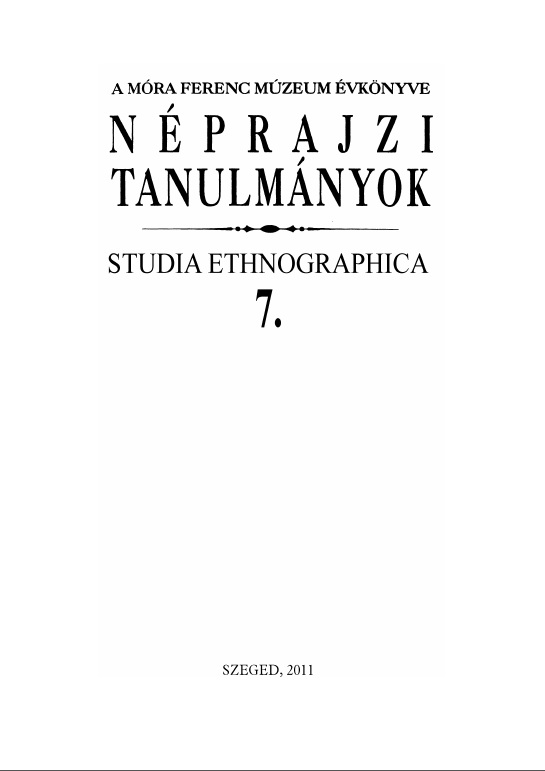 |
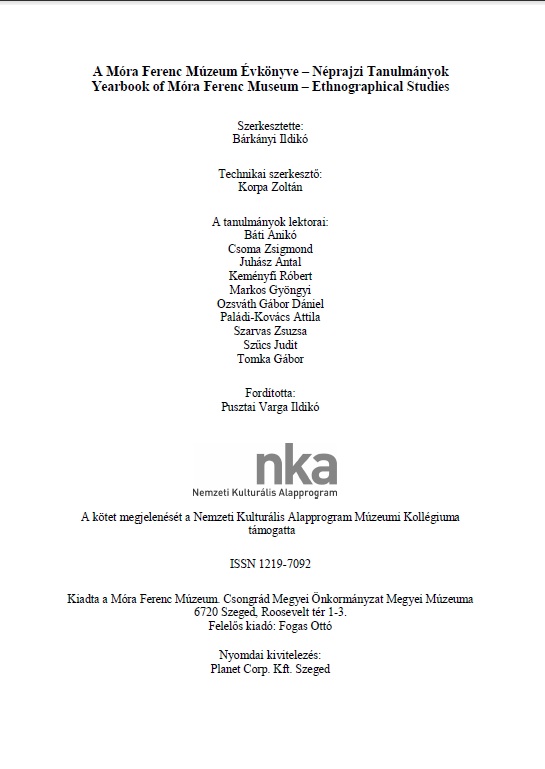 |
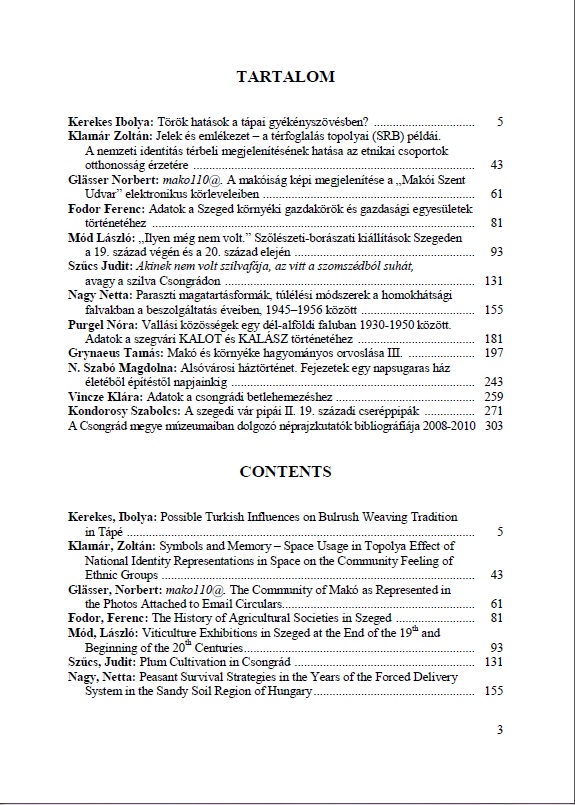 |
 |
Yearbook of the Móra Ferenc Museum
Historical studies – Studia Historica 13.
Yearbook of the Móra Ferenc Museum
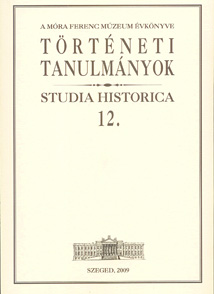 Historical studies
Historical studies
Studia Historica 12.
Editing Zombori István
The publication of the volume was supported by the National Cultural Fund and the Foundation for Museum Science
Published by the Móra Ferenc Museum, Szeged 2009.
Natural science studies
Technical editing, printing preparation:
Varga András
Cover:
Ölveczky Gábor
The publication of the volume was supported by:
Kiskunság National Park
National Cultural Fund
Móra Ferenc Museum
maintained by the Municipality of Csongád County
Summary
The book publishes more than a decade of regular research. The fieldwork started in 1993, and its intensive phase lasted until the end of 1998. Since then, additional investigations have been carried out, especially with regard to the beetle fauna.
The habitats (habitat complexes) proposed for protection in the southwestern edge of our county and the southeastern edge of Bács-Kiskun county can be classified into two basic types, either chain habitats (which together form a separable biotope type) or unique natural values.
In this work, we only mention the chain biotopes, we only discuss in more detail those unique natural values, the protection of which we consider absolutely necessary. They are:
In the administrative area of Ásotthalom
- Süveg-Magyari forest
- Átokházi peat mine
- Rívó (forest and swamp)
- Bilisics (willow bog and pond residue)
in the administrative area of Kelebia
- Kelebiai fishlake (and the adjoining Kelebiai pasture)
- Bácsboristai meadow (on the border of Ásotthalom and Kelebia)
In the administrative area of Mórahalom
- Tanaszi swamp
- Madarász-lake
- Nagyszéksós-lake
In the administrative area of Öttömös
- Baromjárás
For the sake of completeness, we also outline the following areas:
In the administrative area of Ásotthalom
- Kiss Ferenc Memorial Forest
- Bog meadow of Ásotthalom TT
- Bogárzó
In the administrative area of Mórahalom
Csipak-swamp
When characterizing the areas we propose for protection, we processed the data according to uniform criteria. This does not mean uniformity, we just wanted to facilitate transparency.
The preservation of the natural values of the Kőrös-ér becomes understandable when we learn about the vegetation history of the landscape unit. To some extent, this includes drainage, afforestation and various forms of agricultural utilization. After taking stock of the area’s main natural and near-natural habitat types, we tried to outline the ecological landscape utilization of the area. Since the room for maneuver dictated by the interests is extremely narrow, we hope that we have not strayed into the realm of utopia with our suggestions for improvement.
We interpreted the concept of natural value quite broadly. We talk about the natural values of planted forests as well as habitats preserved in a natural or near-natural state. A separate chapter deals with the flora and fauna of the region. Their main ideas:
About the flora of the area:
About “Csodarétekről” located in the wider area of the Körös
More details about the protected and protected plants of the area
About the fauna of the area:
- Some zoogeographical trends in the shape circles of the genus Carabus
and based on the distribution of its subspecies - Beetles associated with the area’s lawns and woody associations (Coleoptera,
Cerambycidae) - It is considered a faunal rarity or is highly endangered
bbeetles (Coleoptera) - Pisces (Pisces)
- Amphibians (Amphibia)
- Reptiles (Reptilia)
- Birds (Aves)
- Mammals (Mammalia)
The appendix contains some related subtopics that require a more detailed explanation, such as area descriptions, a summary of protected plants and animals, and a fauna list of the birds in the area.
Fodor Ferenc:
Peasant farming in the southeastern part of the sand ridge between the Danube and Tisza in the 20th century.
In his book, Ferenc Fodor, an ethnographic researcher-museologist at the Ferenc Móra Museum in Szeged, in his book, in addition to his detailed analysis of the farming conditions of a region in the Csongrád and Bács-Kiskun counties, which includes 31 settlements, uses statistics and census data as sources. The abundant and basic literature on the examined area and topic, mainly ethnographic and historical literature, the local press, as well as archival and museum database documents and documents and images from family collections. The backbone of the description and analysis is provided by the results of Ferenc Fodor’s own field work, carried out for more than two decades, and these are supported by the rich photographic material shown in the volume, selected from the author’s own recordings – writes Dr. András Simon is an ethnographer. In this way, the introductory lines essentially shed light on the book’s content. It should also be added that the published material was written by Ferenc Fodor in 2006. in December, the book version of the PhD dissertation defended in the framework of the European Ethnology doctoral program of Eötvös Loránd University.
It was published with the support of NKA and OTKA
Szeged 2008. Juhász Nyomda Kft., 214 p.
Proofread by: Miklós Szilágyi
Yearbook of the Móra Ferenc Muzeum
Historical studies 10.
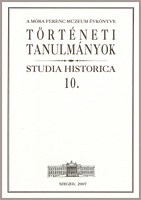 The 10th book of Historical Studies – Studia Historica – was published in the series of the Móra Ferenc Museum Yearbook, in a separate volume. The publication, dated at the end of 2007, offers rich content to those interested, primarily to the professional audience, domestic and foreign practitioners of the field of science. This latter endeavor is served by the summary of content in English. The publication, which is also demanding in its appearance, included fourteen studies, and the radio collection of the Móra Ferenc Museum, as well as the 56 collection, received a focused and perceptive presentation in the book. Photo appendices from both collections illustrate the material: photographs of radio sets and recordings from the 1956 era. It includes the list of museum publications published during the publishing activities of the History Department, as well as the 2002-2007 publications of the History Department’s staff. September 30. The book also lists his publications published between A useful summary is the list of permanent and temporary exhibitions organized in the Fekete ház (Black house), including a list of the exhibitions of the History Department, which was established in 1978, in the museum framework and at external locations from the beginning to the present day.
The 10th book of Historical Studies – Studia Historica – was published in the series of the Móra Ferenc Museum Yearbook, in a separate volume. The publication, dated at the end of 2007, offers rich content to those interested, primarily to the professional audience, domestic and foreign practitioners of the field of science. This latter endeavor is served by the summary of content in English. The publication, which is also demanding in its appearance, included fourteen studies, and the radio collection of the Móra Ferenc Museum, as well as the 56 collection, received a focused and perceptive presentation in the book. Photo appendices from both collections illustrate the material: photographs of radio sets and recordings from the 1956 era. It includes the list of museum publications published during the publishing activities of the History Department, as well as the 2002-2007 publications of the History Department’s staff. September 30. The book also lists his publications published between A useful summary is the list of permanent and temporary exhibitions organized in the Fekete ház (Black house), including a list of the exhibitions of the History Department, which was established in 1978, in the museum framework and at external locations from the beginning to the present day.
The studies in the volume: Ágoston József Bogoly: Omnis lectio est selectio. Histography of József Eötvös’ letters to Charles de Montalembert (Part I); Zoltán Nagygyörgy: Benjámin Kárász – the patriot; Imre Orbán: The history of the Roman Catholic community in Kiszombor; Géza Forgó: The functioning of the Jókai Mór committee in Makó; Attila Marosvári: Changes in land ownership and the situation of large agricultural farms in Kiszombor between 1890 and 1990; József Sipos: The formation and program of the National Mining Party; Péter Miklós: The pater and the newspaper. The beginnings of István Balogh’s political career and the Délmagyarország; László Marjanucz: Social groups of the bourgeoisie in Makó between the two world wars; György Balázs: “Strange war” in the West. By publishing articles from the world’s press in Hungarian newspapers; András Lengyel: “gleichschaltolása” of the Folklore of Szeged (1948); Gábor Vincze: A Reformed pastor from Hódmezővásárhely who “couldn’t show the obedience he needed”. The case of Lajos Vásárhelyi 1946-1958; Balázs Füreder: Szeged food names in Hungarian gastronomy. Catch that further enhances the city’s reputation; Róbert Ujszászi: V. László denar with unknown mint mark; Márta T. Knotik: Iron merchandise singboard. Museum and collections chapter: Irén Fári – László Pál: The radio collection of the Ferenc Móra Museum in Szeged. The past and present of radio broadcasting in Szeged; István Zombori: The 1956 collection of the Móra Ferenc Museum.

